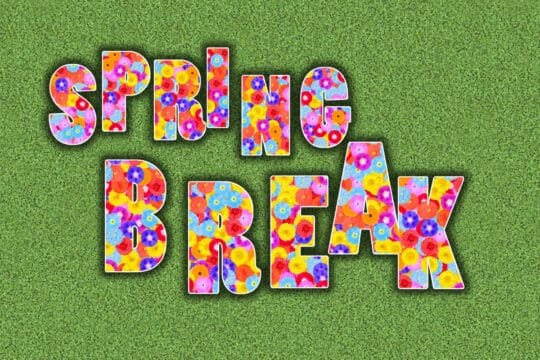When students are allowed to pick the books they read, something magical happens. They become more engaged, motivated, and confident readers. When you think back to your own classroom experience, being assigned a book to read as a class was often a dreadful experience.
Teachers would assign students to read a classic like Tom Sawyer and instead of being enamored with this classic tale, students were often less than thrilled.
What was once known as a rite of passage for students, is now leaving educators to believe that for students to be engaged in what they are reading, you must give them choices.
Giving students a say in their reading journey isn’t just a fun experiment, it’s a game-changer for fostering a love of literature and lifelong learning. Here’s why it works and how to make it happen in your classroom.
The Power of Choice
Think about the last time you read a book you loved. Chances are, you chose it because it intrigued you, aligned with your interests, or came highly recommended.
The same principle applies to students. When they get to select their own books, they take ownership of their reading experience, which naturally increases their investment in it.
Choice also empowers students. It sends a message that their preferences, interests, and opinions matter.
Whether it’s graphic novels, fantasy series, or nonfiction about animals, every student has unique preferences, and embracing those helps build their confidence and sense of individuality.
Research also supports the power of choice. Students who select their own reading material are more likely to finish their books, retain information, and develop a habit of regular reading.
Research conducted at the University of Maryland found that when students are given limited choices from a collection of books, it helps improve their performance on standardized tests, particularly the reading comprehension section.
By giving them this freedom, you’re nurturing intrinsic motivations, something every educator strives for.
The Benefits of Independent Reading
Allowing students to select their own books is paired perfectly with independent reading, a practice packed with valuable benefits. Here’s how it can make a difference.
Boosts Reading Skills
The more students read the more they build their vocabulary, comprehension, and fluency skills. By reading books they enjoy every day, even if it’s only for a few minutes, they are continually building their skills.
Develops Critical Thinking Skills
Choosing books requires students to think about their preferences, what genres they enjoy reading, and what piques their interest.
Then they must evaluate their decisions to choose a book that aligns with these factors. This requires critical thinking skills that they will use far beyond the classroom.
May Reduce Anxiety
When you give a reluctant reader a choice of what they want to read you are taking the pressure off of them. This allows students to choose books that they feel are more manageable and enjoyable to read.
Builds Empathy and Understanding
Allowing students to explore topics and characters they relate to or want to learn about helps build empathy and understanding. When you give a child the choice to read what they desire, they will want to read more.
The best way to get students to read more is to help them find one book in a series that they love, then they will want to continue to read every book in the series.
Practical Tips for Implementing Student Choice
Giving students book choices doesn’t have to be complicated. Here are some strategies to make it work.
Create a Diverse Classroom Library
The first thing that you can do is to create a library that has a variety of genres, levels, and formats. Take a survey to see what your students enjoy reading.
Ask them what’s popular, what topics they are curious about, and what book series are their favorite. The more options you have the more likely every student will find something they enjoy reading.
Create a Space for Reading
Create a comfortable “book nook” in your classroom where students can unwind with a good book during free moments or after finishing their work early.
Add a soft rug, a beanbag chair, and natural light from a nearby window to make the space inviting and relaxing.
Dedicate Time for Reading
Dedicate a regular time in your schedule for independent reading to show students that reading is a priority. This uninterrupted time allows them to immerse themselves in their books, develop a habit of consistent reading, and build confidence in their literacy skills.
Whether it’s a few minutes daily or a longer session weekly, giving students this dedicated time encourages focus and fosters a love for reading.
Set Guidelines
While choice is the goal, some guidance is helpful. Teach students how to preview books, check the difficulty level, and decide if a book aligns with their interests.
This ensures they’re making informed choices while still feeling in control.
Celebrate Their Choices
Encourage students to share what they’re reading through book reviews, presentations, or casual discussions. When students see their peers excited about books, it creates a culture of reading in your classroom.
Letting students choose their own books is a proven way to boost engagement and foster a love of reading.
When you give students the freedom to explore books on their own terms, you’re not just building readers; you’re nurturing lifelong learners. So, let them browse, explore, and dive into the stories that speak to them. The results will be worth it.
Educators never stop learning; check out our available graduate degree programs to hone your skills and promote lifelong learning and academic excellence.




